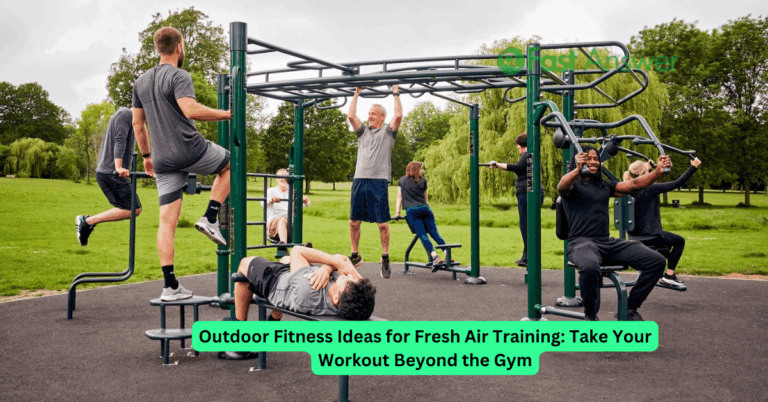How to Use Foam Rollers in Fitness Recovery: Maximize Mobility, Reduce Muscle Soreness
Muscle soreness doesn’t have to slow down your progress. Foam rolling has emerged as a highly effective tool in fitness recovery, offering relief from tightness, improved flexibility, and faster post-workout healing. Whether you’re an athlete, a casual gym-goer, or someone dealing with everyday stiffness, knowing how to use foam rollers in fitness recovery can transform your training routine. With just a few minutes a day, this simple technique helps break up muscle knots, improve circulation, and support long-term mobility all without expensive equipment or complicated methods.
Unlocking the Science Behind Foam Rolling Benefits
Foam rolling, also known as self-myofascial release, targets the fascia connective tissue surrounding your muscles. When this tissue becomes tight due to intense training or lack of movement, it can cause pain, restrict range of motion, and delay recovery. Rolling over specific muscle groups helps release tension, increase blood flow, and flush out lactic acid. This accelerates the body’s natural healing process and reduces inflammation. It’s a form of active recovery that prepares muscles for future workouts while keeping your body aligned and injury-resistant.
When and How to Foam Roll for Maximum Impact
Timing matters when incorporating foam rolling into your routine. Before a workout, it can be used as a warm-up tool to activate muscle groups and increase flexibility. After training, it aids in flushing out waste products and relaxing tense areas. Use slow, controlled motions and pause on tight spots for 20–30 seconds. Focus on common tension zones like the quads, calves, hamstrings, glutes, and upper back. Avoid rolling directly over joints or bones. Consistency, not intensity, is what makes foam rolling so effective for fitness recovery and long-term muscle health.
Target Specific Muscle Groups for Faster Recovery
Different workouts stress different parts of your body, so your foam rolling technique should reflect that. After leg day, rolling your IT band, glutes, and calves can ease tension and reduce next-day soreness. Post-upper-body workouts, use the roller across your lats, shoulders, and thoracic spine. If you’ve done a full-body session or HIIT, a quick head-to-toe roll-out can bring your muscles back into balance. You don’t need to spend an hour doing it 5 to 15 minutes can significantly reduce stiffness, enhance performance, and speed up recovery between sessions.
Choose the Right Foam Roller for Your Body and Goals
Not all foam rollers are created equal. Softer rollers are ideal for beginners or those with sensitivity, while firmer rollers or textured options provide deeper muscle penetration. Some advanced rollers even include vibration features for added relief. If you’re new to foam rolling, start with a medium-density roller and learn basic techniques before experimenting with intensity or tools like massage balls. Your comfort level will improve over time, and you’ll start noticing better flexibility, faster recovery, and fewer nagging aches after workouts.
Build a Recovery Routine You’ll Stick To
The most effective foam rolling strategy is the one you can stick with. Integrate it into your cool-down, add it to a morning stretch session, or use it on rest days for active recovery. Pair foam rolling with mobility work, breathwork, or light yoga to amplify its effects. Keep your roller visible and accessible it serves as a visual reminder to prioritize recovery just like you prioritize strength or cardio. Remember, staying consistent with your recovery is what keeps you consistent with your training.
Frequently Asked Questions
Is it better to foam roll before or after a workout?
Both work. Pre-workout rolling warms up muscles; post-workout rolling promotes recovery and reduces soreness.
Can foam rolling replace stretching?
No, but it complements it. Foam rolling helps release tension, while stretching improves flexibility and muscle length.
How often should I use a foam roller?
Three to five times a week is ideal, especially after intense sessions or when you’re feeling tight.
Does foam rolling help with injury prevention?
Yes. It improves tissue health, mobility, and alignment, reducing the risk of overuse injuries.
What if foam rolling feels painful?
Mild discomfort is normal, but sharp pain means you should ease up. Start with gentler pressure and gradually progress.
